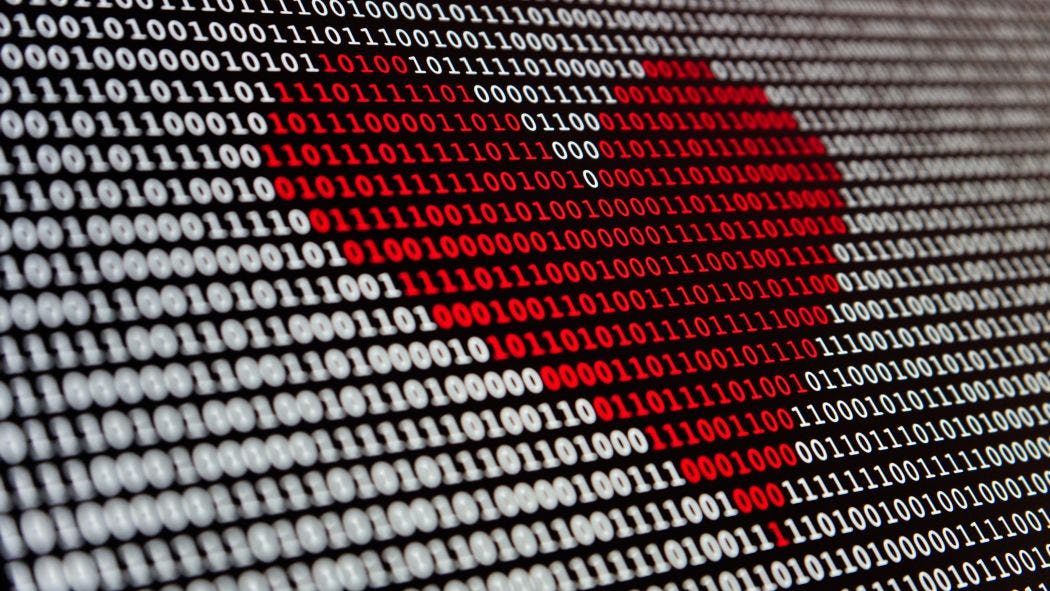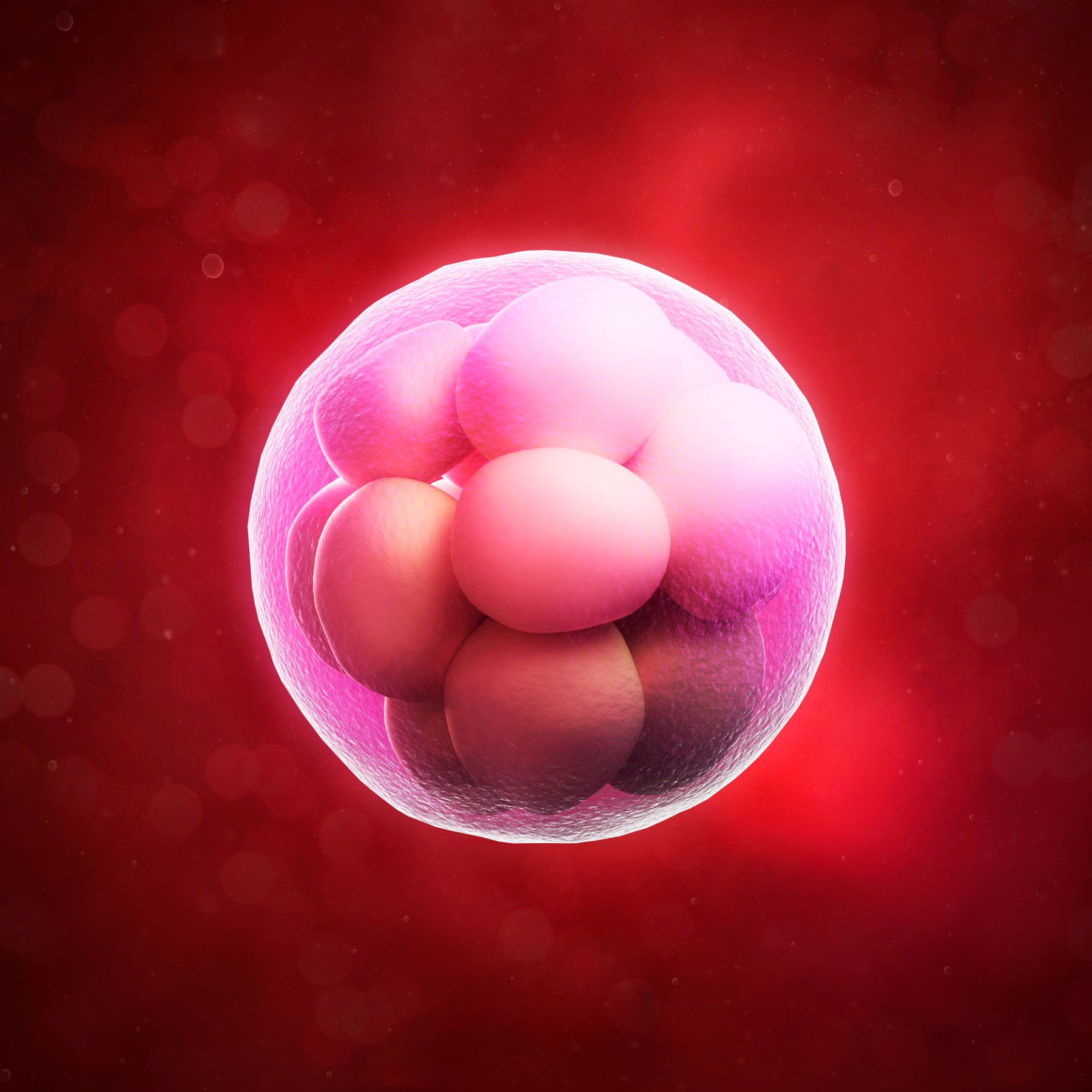Health, Meet Tech
Stevens Institute of Technology is exploring the leading frontiers of health and medicine, developing the next medications, therapies, devices, diagnostic systems and other applications to help make our lives longer, healthier and more comfortable.























